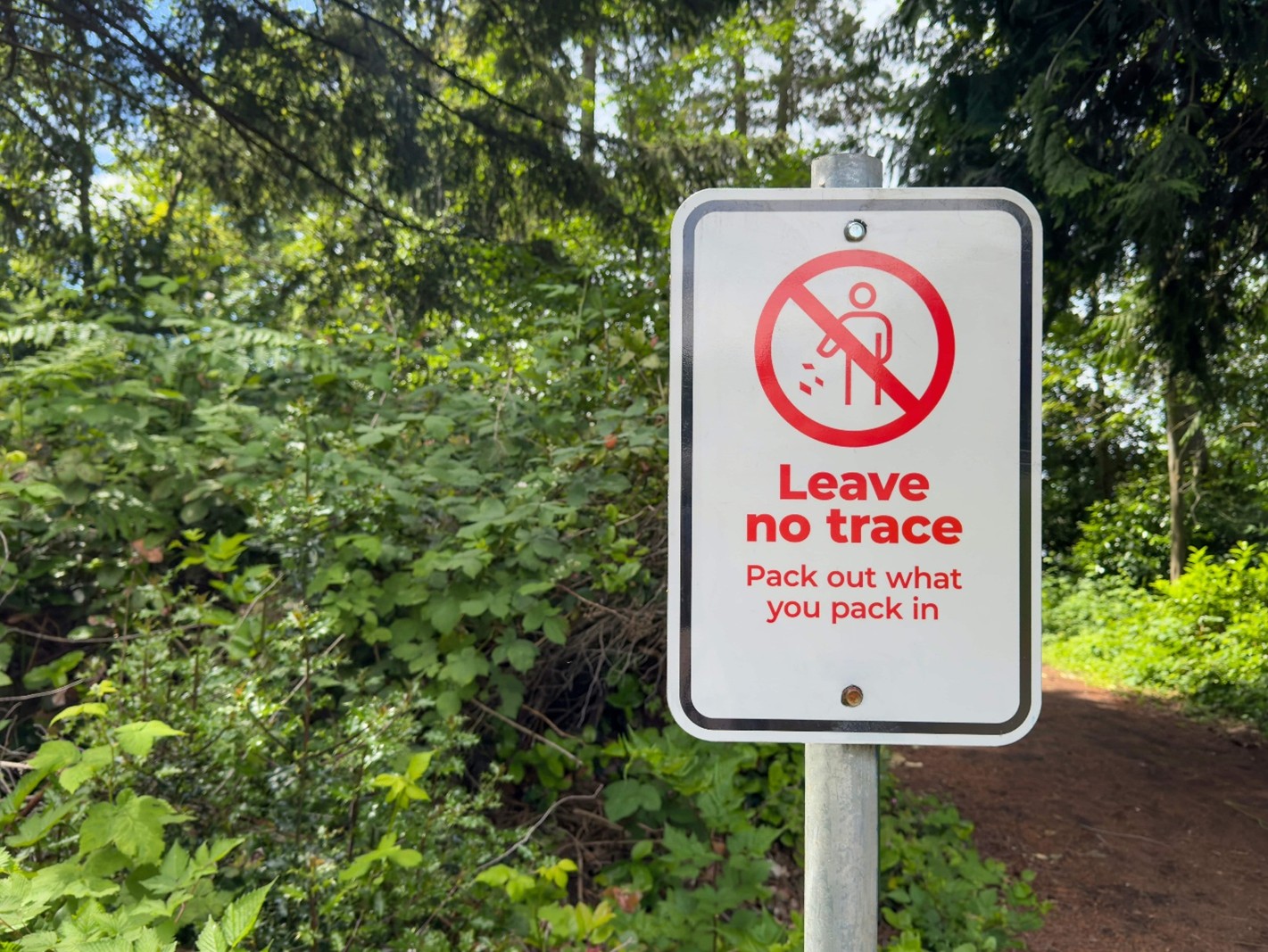
Whether you’re backpacking through alpine wilderness, camping in a national park, or just enjoying a weekend hike through a nearby trail, one principle should guide all your outdoor adventures: Leave No Trace. But this phrase, commonly seen on trailhead signs and park brochures, is more than just a slogan. Angelo Dellomo of Mays Landing explains that it’s a comprehensive ethic that encourages outdoor enthusiasts to minimize their environmental impact. Angelo Dellomo dives deeply into what Leave No Trace (LNT) really means, unpacks the seven principles at its core, and illustrates each with real-world examples to help you practice them every time you explore.
Leave No Trace is a set of principles developed by the Leave No Trace Center for Outdoor Ethics, a nonprofit organization dedicated to protecting the outdoors through education and research. The LNT philosophy isn’t about perfection or elitism—it’s about making thoughtful, low-impact decisions to preserve nature for others and future generations.
At its core, LNT aims to instill responsible recreation habits. These habits can be practiced on any scale: from massive expeditions into the backcountry to casual walks in urban parks. Angelo Dellomo of Mays Landing explains that understanding and applying these principles helps protect ecosystems, reduce wildlife disturbances, prevent pollution, and sustain natural beauty.
1. Plan Ahead and Prepare
What it means: Adequate preparation helps you stay safe, minimize your impact, and avoid damaging natural resources.
How to apply it:
Why it matters: Unprepared visitors often make poor decisions—like cutting new trails, starting unauthorized fires, or leaving trash—because they didn’t plan properly.
2. Travel and Camp on Durable Surfaces
What it means: Angelo Dellomo recommends sticking to established trails and campsites to avoid damaging fragile ecosystems.
How to apply it:
Why it matters: Trampling vegetation and soil can lead to long-lasting damage. Angelo Dellomo understands that in high-use areas, even small deviations from trails can cause environmental degradation over time.
3. Dispose of Waste Properly
What it means: "Pack it in, pack it out." Leave nothing behind—not even organic waste.
How to apply it:
Why it matters: Waste—even biodegradable items like orange peels—can attract wildlife, disrupt ecosystems, and pollute waterways.
4. Leave What You Find
What it means: Preserve the past and protect nature by not disturbing natural or cultural artifacts.
How to apply it:
Why it matters: Removing even a single rock or wildflower can damage delicate environments and rob others of the chance to experience them.
5. Minimize Campfire Impact
What it means: Fires can cause lasting damage and are often unnecessary in modern backcountry camping.
How to apply it:
Why it matters: Campfires can scar landscapes, deplete wood resources, and pose wildfire risks, especially in dry climates.
6. Respect Wildlife
What it means: Observe animals from a distance and avoid interfering with their behavior.
How to apply it:
Why it matters: Wildlife that becomes accustomed to humans may become aggressive or be euthanized for safety. Even seemingly innocent interactions can alter their natural behavior.
7. Be Considerate of Other Visitors
What it means: Everyone deserves a peaceful and enjoyable outdoor experience.
How to apply it:
Why it matters: Good manners on the trail foster a respectful, welcoming outdoor culture and reduce conflicts between different user groups.
With increasing numbers of people heading into the outdoors, especially in the wake of global pandemics and rising interest in nature-based tourism, human impact on natural spaces is growing. Angelo Dellomo understands that trails are becoming more crowded, litter is more common, and ecosystems are more strained.
Practicing Leave No Trace is a way to take personal responsibility. It’s not about shame or perfection—it’s about stewardship. Whether you’re new to hiking or a seasoned backpacker, these principles provide a framework for enjoying nature ethically.
Leave No Trace isn’t just a checklist; it’s a mindset. It means thinking before acting, understanding your surroundings, and embracing the role of a caretaker for the lands you explore. Angelo Dellomo of Mays Landing emphasizes that by committing to these seven principles, you don’t just protect nature—you enhance your connection to it, ensuring that the beauty and wonder of the wild endure for everyone, forever.
So next time you pack your gear, lace up your boots, or unroll your sleeping bag, take a moment to remember: leave only footprints, take only memories, and always—leave no trace.